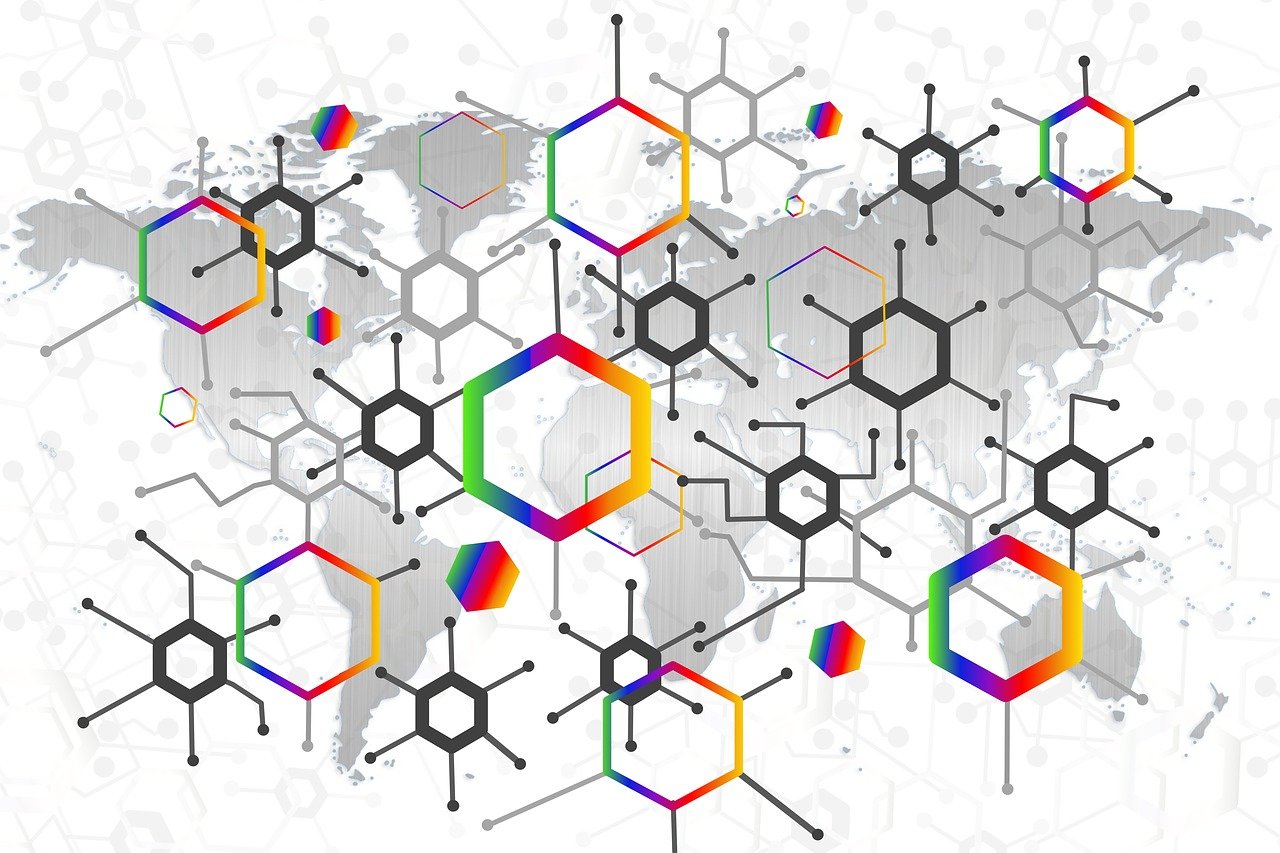A team of US economists has used crowdsourcing to help finance a research project that is looking at ways to encourage rural Ugandans to replace dirty kerosene lighting with clean solar lamps by incentivizing women entrepreneurs.
To finance the project, the team has departed from the traditional funding route, where applications, usually to academic grant-making bodies, can be inflexible, lengthy and time-consuming, and not always successful.
Led by three academics from the University of California, Berkeley, the project launched last February. The team decided to tap total strangers for funds – they crowdfunded their project on Indiegogo, a website with a global reach that helps campaigners for all sorts of projects raise money quickly and easily from funders all over the world.

One of the Uganda project leaders, assistant professor of finance Brett Green, explains their thinking in a recent news item published on the Stanford Graduate School of Business (GSB) website (Green is a graduate of Stanford GSB):
“We were curious: could this work for academic research? The idea was that we would go online, get people interested in our work, and raise money at the same time. It seemed like a way to get people thinking about issues that they otherwise wouldn’t have known about.”
The team posted their project, Light the Future for Rural Ugandans on Indiegogo with the aim of raising $20,000. They managed to raise $16,650 via the site, and to go over the goal because of publicity the campaign received after being posted on the Freakonomics blog.
Green says:
“We were actually surprised at how much we raised. We had 165 funders on Indiegogo, including three very generous donations from people we didn’t know.”
The project, led by the three US economists and the Ugandan economist Vastinah Kemigisha, who leads the work on the ground is a small research program that is testing a sales model to see if it can speed up the adoption of solar lamps by rural Ugandans.
Most rural Ugandans don’t have electricity to light their homes and a large part of their income is spent on kerosene lamps that pollute the air, only give off a dim light, and are a fire hazard.
Solar lamps are more efficient, give a better light, and are safer. Plus, they are very cost-effective. A $20 solar “lantern” lasts around 3 years – and not only does it provide light, it can charge a cell phone at the same time (most rural Ugandans have a cell phone).
The idea of the project is to recruit and train hundreds of women who are involved with a microfinancing program where each woman receives four $20 solar lanterns, which they can sell with around 20% markup. They can then use the proceeds from the sale of the solar lamps to buy more at $20 a piece, and slowly grow their business.
Another small control group will be offered the lamps, but without credit. The aim of the project is to see whether the lack of a start-up barrier and the pay as you go system will spur the entrepreneurs enough to get the business off the ground and keep it running.
Indiegogo is not the only way that the team could have crowdfunded the project – there are other crowsourcing websites. But the team liked the way the site engages the funders, with different levels of engagement for different amounts of donation.
For instance, at the lowest level of engagement, for $25 you can become an Advocate of the project, and receive updates directly from the campaign leaders. Whereas at the highest level, for a $2,500 donation, you acquire Philanthropist status, where you also get wined and dined, receive a free solar lamp, get your support publicized online and in any subsequent publications.
